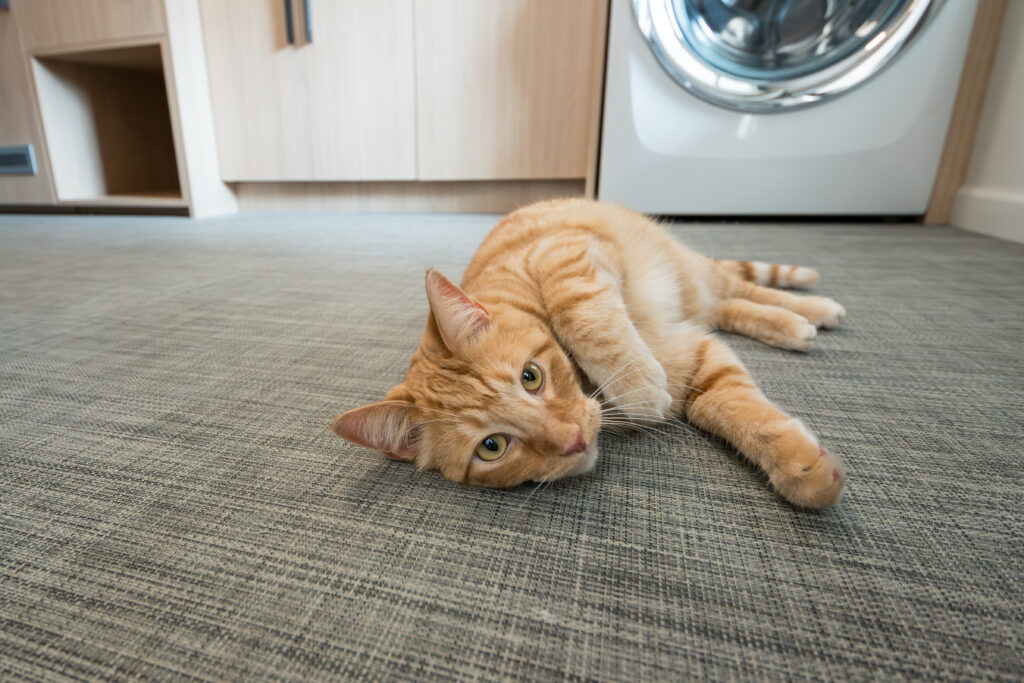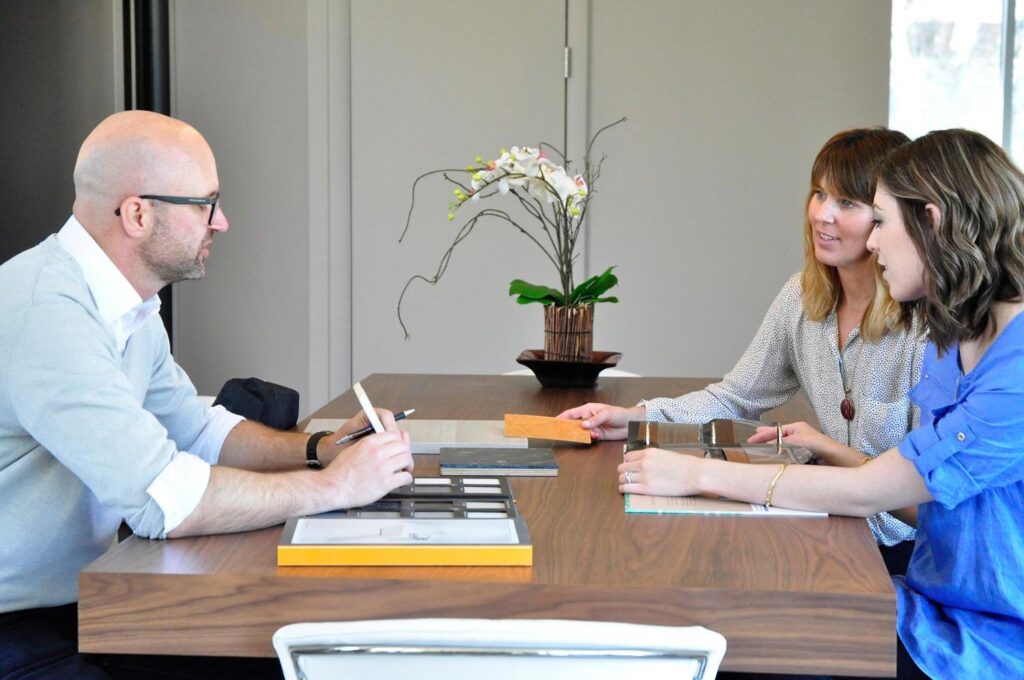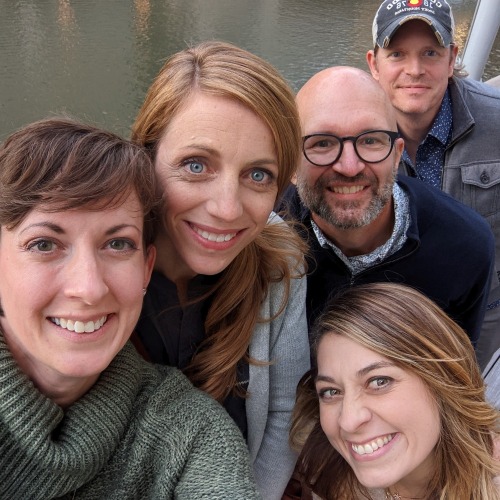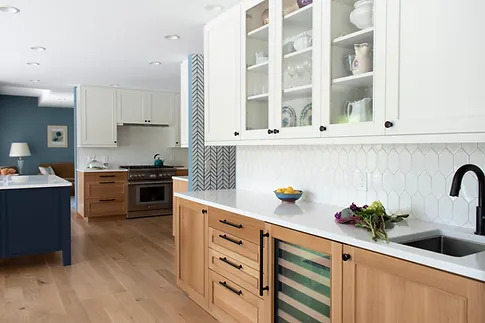Sojourns: To the Netherlands
When Sarah and I were dating in college, we made bold plans for our future together. These plans included traveling to “faraway places for adventure and immersion.” Translation: Go somewhere, anywhere outside the Midwest. (Our world was pretty small.) A few years into our marriage, we were blessed with something even better – four amazing, hungry kids. Translation: Our travel destinations were exclusively in the Midwest visiting friends and family. (Our world got even smaller.) Today our kids are in college or starting their careers and we are finally pursuing our travel dreams from 30+ years ago. A Pilgrimage In May, we returned to Europe to visit the Netherlands as a pilgrimage of sorts. My great-grandfather immigrated from Friesland, which is in the northern part of the Netherlands, on the North Sea. We did not go there. It’s cold, barren, and well, cold. Instead, we chose to stay in Haarlem, a 15-minute train ride from Amsterdam. Staats, a converted school building, was our home for four nights. (Be sure to click the link and check out the gallery.) There, we met some fascinating guests from all over the world. We loved Haarlem. It was a charming small city that did not feel touristy. We felt like we were part of the neighborhood. It’s also where we discovered the Dutch’s affinity for gloss paint. We spent a couple of days exploring Amsterdam, too. My favorite experience there was visiting the Resistance Museum. We also wandered the Albert Cuyp Mrkt and the Rijks Museum. Halfway through the week, my brother and his wife met up with us and our first order of business was a canal tour with Those Dam Boat Guys. Goodbye Tulips The following day, we said goodbye to Haarlem and headed toward Keukenhof to catch the end of the tulip season. It was a beautiful day that included a bike ride through the countryside. Eventually, we turned in our bikes and took a train to Delft for the last half of our week. Delft was charming and we had a great time exploring the city. It had a lot more to offer than what we expected. From there, we took a day trip to Rotterdam. Rotterdam has the largest port in Europe (40km long!). The architecture was in sharp contrast to what we had previously seen on the trip. In the early days of WWII, the Nazis bombed Rotterdam and basically leveled the city. Today, there are wonderful examples of every era of post-war architecture including the famous cube houses. Pleasantly Surprised The Dutch are not exactly known for their food, but we still had some great dining experiences. For you foodies out there, here are some of our highlights: Ratatouille Michelin Star Café Samabe Indonesian DeVoliere Lakeside lunch De Botanie Local recommendation for Tapas Bombina Breakfast! Add it to Your List Overall, it was a fantastic trip. The Dutch are direct but very friendly. Everyone speaks English so the language barrier is not a concern. (I took it as a compliment that they always began speaking Dutch to me.) The trains are clean, fast, and on time making it easy to get where you wanted to go. We did some touristy things on our trip but most of our time was spent hanging out in local neighborhoods. If you’re looking for a glimpse into Western European life that offers an easy pace and is easily accessible, put the Netherlands on your list!














